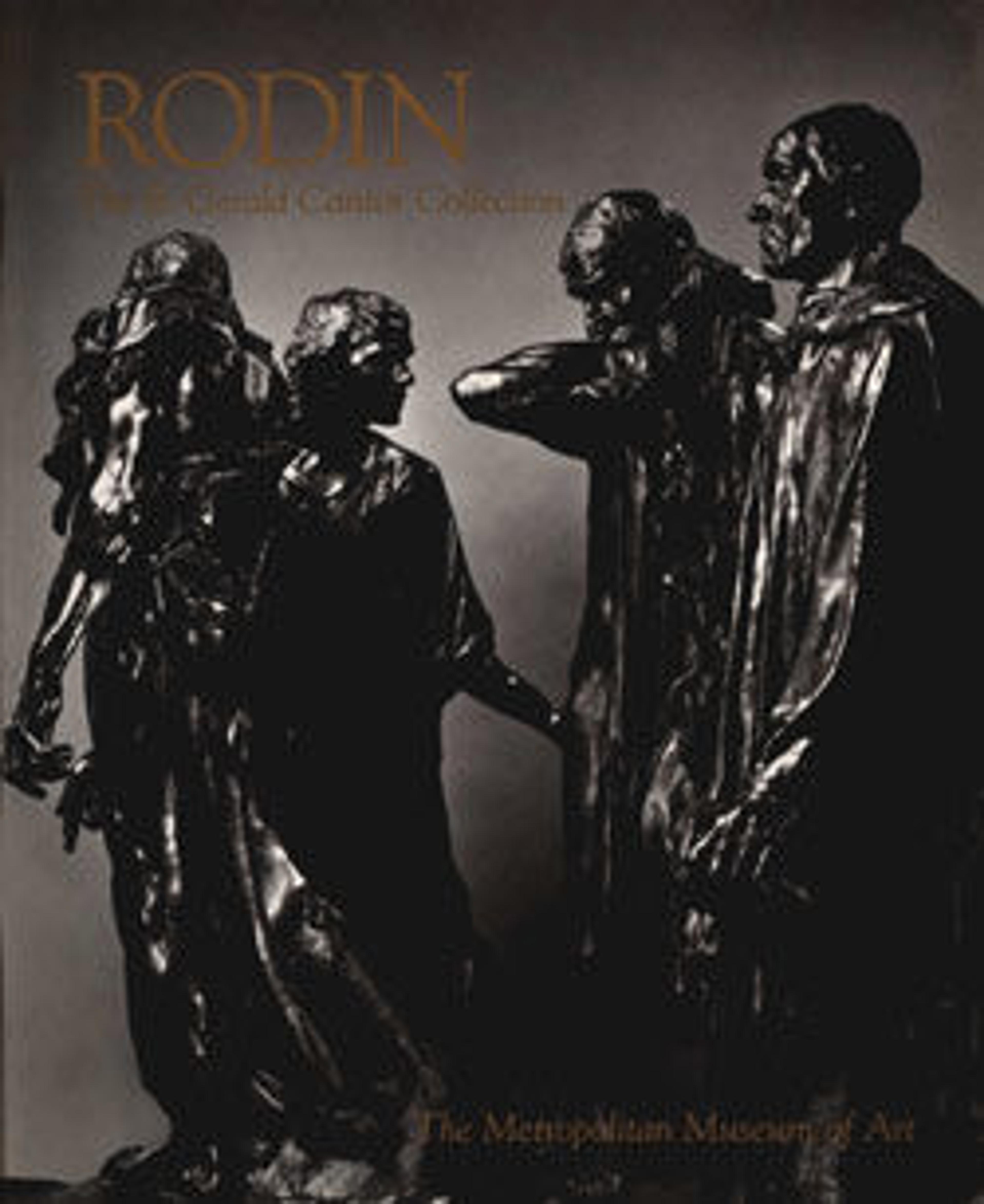Final Study for the Monument to Balzac
In 1891 Rodin was commissioned to construct a posthumous monument to the illustrious literary figure Honoré de Balzac. It took the sculptor seven years to arrive at the final study from which this bronze was cast. Gaze fixed toward the horizon, a disheveled Balzac leans back, his body transformed by a shapeless oversize dressing gown into a dense and formidable monolith. Today Balzac’s shrouded figure is understood to be symbolic of the author’s imposing genius. Contemporary viewers, however, were baffled by its inarticulate form. The work provoked harsh criticism upon its debut in 1898, but Rodin defended it, explaining that "a man celebrated for his heart and mind should not be [represented by] his body."
Artwork Details
- Title:Final Study for the Monument to Balzac
- Artist:Auguste Rodin (French, Paris 1840–1917 Meudon)
- Founder:Cast by Georges Rudier (French)
- Date:modeled 1897, cast 1972
- Culture:French
- Medium:Bronze
- Dimensions:Overall (wt. confirmed): 41 3/4 × 17 1/2 × 16 1/2 in., 114 lb. (106 × 44.5 × 41.9 cm, 51.7 kg)
- Classification:Sculpture-Bronze
- Credit Line:Gift of Iris and B. Gerald Cantor Foundation, 1984
- Object Number:1984.364.15
- Curatorial Department: European Sculpture and Decorative Arts
More Artwork
Research Resources
The Met provides unparalleled resources for research and welcomes an international community of students and scholars. The Met's Open Access API is where creators and researchers can connect to the The Met collection. Open Access data and public domain images are available for unrestricted commercial and noncommercial use without permission or fee.
To request images under copyright and other restrictions, please use this Image Request form.
Feedback
We continue to research and examine historical and cultural context for objects in The Met collection. If you have comments or questions about this object record, please contact us using the form below. The Museum looks forward to receiving your comments.
